Why own-root roses are healthier than grafted?
strawchicago z5
10 years ago
Featured Answer
Sort by:Oldest
Comments (34)
strawchicago z5
10 years agolast modified: 9 years agofloridadon
10 years agolast modified: 9 years agoRelated Discussions
Your Observations On Your Own-Root vs. Grafted Roses
Comments (19)Great topic! I think most of us have pondered this question over the years. Generally, I'm with Jeri on this one (maybe influenced by similar coastal climate limits!). But, I also think that Malcolm has it right - it is more effective to actually compare results from using the same rose on its own roots vs grafted. So, I think I would combine the two perspectives here. Not only comparing the same rose, but also including how different local climates can determine which method is more appropriate. So, for me, I have been struggling with trying to encourage some of the hardier teas to thrive better in my PNW coastal garden, where our hot summer days are limited. I remember reading a comment from Paul Barden a while ago about how he would like to try Gloire de Dijon, as a grafted plant, to see if that would add more vigor. I second that particular desire! I think this ties in with what Jeri was also saying. Maybe I should try to get a grafted version of Lady Hillingdon and compare its progress to the plant I have (own roots), which has been slow ( to say the least!). Hmmm. It would certainly save room in our greenhouse if it worked! Happy new year, especially for all those Ox people! Ian...See MoreIs rose on own root better than grafted rose?
Comments (6)There are varying opinions on which is better where. In cold zones it can be an advantage to have own root plants if they die all the way back to the ground over winter because you won't lose your variety when it regrows from the ground up. On a grafted rose if the graft freezes and dies over winter you've lost your variety and there is a possibility that the root stock rose will come up instead. But if you plant your grafted roses with the grafts 4 to 6 inches below the ground that's usually good protection for the graft anyway. So it's rally up to you which you'd prefer. And there are some varieties that you can only find as grafted roses. That's changing but it's a slow process a driven by market demand. Grafted roses will grow and mature faster than own root plants. That's the point of grafting one variety onto another. The root stock variety is usually a very vigorous grower and will cause the grafted variety to grow faster. Own root plants will grow but at a slower pace depending on the variety of rose. There are some varieties that were bred specifically to be grafted and a lot of those varieties will tend to not do very well as own root plants. They are just not very vigorous on their own roots. The problem is it's hard to know which ones those are because for a very long time almost all roses were sold grafted and own root plants were very rare. So roses bred in that time frame may or may not do well on their own roots. For the most part those are hybrid teas that were bred from about 1930 to 1990. That's a lot of rose varieties!...See MoreA grafted rose going own-root, illustrated
Comments (20)That's a most interesting picture; it's the first time I've seen that process at work. Thankfully I have almost no grafted roses, and in looking at my rose list just now I see I have only one. I remember one long-gone large rose that suckered constantly and it was very annoying to constantly try to pull out long strands of Dr. Huey between the large and thorny canes of the grafted rose. I'd rather wait longer to have small own-roots grow to maturity than put up with that again....See MoreDavid Austin - Princess Anne Rose. Help is this grafted or own root?
Comments (14)Ann your garden is lovely in every way. I love love your iceberg roses and the lavender. I can’t grow lavender here because of our dense clay but I really love it. Iceberg is one of my favorite white roses also, I grow a couple ven tho they require spraying here because they are so lovely and bright white. Your princess Anne seems to be very happy and I also hope it becomes a star in your garden. Would you be willing to share more pictures of your Bolero? That is a rose I have been meaning to try and have never gotten the opportunity. The thrips really damage my light colored roses here, but they are still my favorite. The magenta rose in the background of Princess Anne is Super Excelsa rambling rose, I got it from Heirloom roses. I grow it with Super Dorothy over a small fence to hide a car trailer my hubby has there. They are both supposed to rebloom, but after 3 years they only give some sporadic blossoms here and there after the main flush. I would consider them once bloomers unless they change with maturity. On this bottom picture you can see the super Dorothy is lighter. This year they both bloomed darker for some reason if you have space for a climber in this color range I would recommend my Raspberry cream twirl. I feel pushing it lol but it really has been great here. You probably have seen my big ones on the arbor, but this one is a band from this year and already blooming. It makes long thornless stems that work great for arrangements. Picture from my mature plant that shows the color out of the sun. Some blooms have a lot of white like these while others are almost all magenta/red and they age with a lavender cast like princess Anne....See Morestrawchicago z5
10 years agolast modified: 9 years agostrawchicago z5
10 years agolast modified: 9 years agostrawchicago z5
10 years agolast modified: 9 years agostrawchicago z5
7 years agolast modified: 7 years agostrawchicago z5
7 years agolast modified: 7 years agostrawchicago z5
7 years agolast modified: 7 years agostrawchicago z5
7 years agolavenderlacezone8
7 years agostrawchicago z5
7 years agolast modified: 7 years agostrawchicago z5
7 years agostrawchicago z5
7 years agostrawchicago z5
7 years agostrawchicago z5
7 years agostrawchicago z5
7 years agostrawchicago z5
7 years agolast modified: 7 years agostrawchicago z5
7 years agolast modified: 7 years agostrawchicago z5
7 years agolast modified: 7 years agostrawchicago z5
7 years agolast modified: 7 years agostrawchicago z5
7 years agolast modified: 7 years agostrawchicago z5
7 years agolast modified: 7 years agoKelly Tregaskis Collova
7 years agolast modified: 7 years agostrawchicago z5 thanked Kelly Tregaskis Collovastrawchicago z5
7 years agolast modified: 7 years agostrawchicago z5
7 years agolast modified: 7 years agostrawchicago z5
7 years agolast modified: 7 years agostrawchicago z5
7 years ago
Related Stories
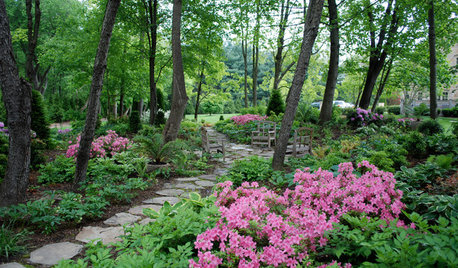
GREEN BUILDINGBuilding Green: How to Design a Healthier Landscape
Plant selection, water management, fire-prevention measures and more can ensure that your landscape is good for the planet and for you
Full Story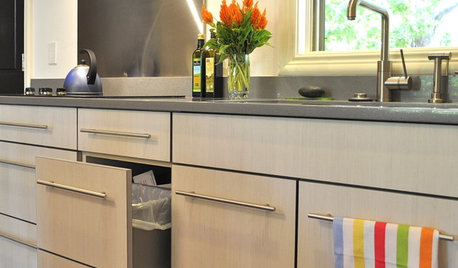
KITCHEN DESIGNEcofriendly Kitchen: Healthier Kitchen Cabinets
Earth-friendly kitchen cabinet materials and finishes offer a host of health benefits for you and the planet. Here's a rundown
Full Story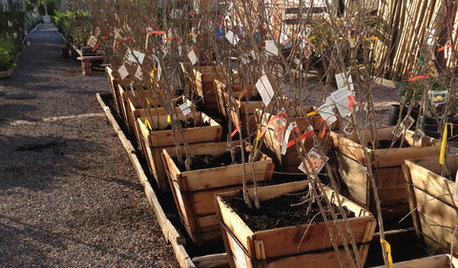
GARDENING GUIDESThe Beauty of Bare-Root Plants
Plant dormant trees and shrubs in fall using the easy, affordable bare-root method and enjoy beautiful results in spring
Full Story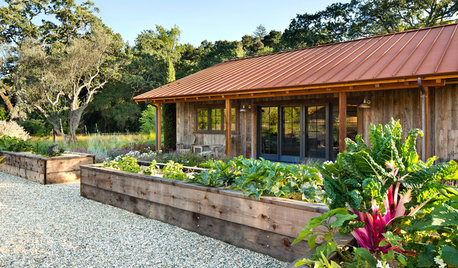
EDIBLE GARDENSHow to Grow Your Own Sweet Summer Crops
This guide will help any gardener get started on growing the freshest warm-season veggies and berries for summer
Full Story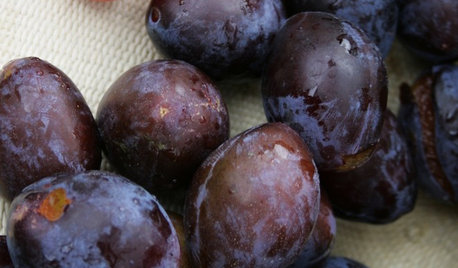
FRUIT TREESHow to Grow Your Own Juicy Plums
Easier than other stone fruits and with a variety of colors to choose from, plums are a versatile garden addition
Full Story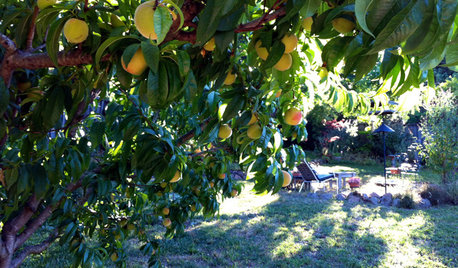
EDIBLE GARDENSHow to Grow Your Own Peaches and Nectarines
Make gardening a little sweeter with these juicy fruits, which you can eat after plucking or preserve for later
Full Story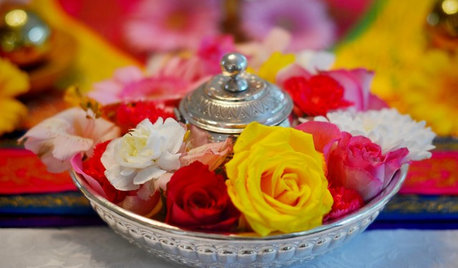
FEEL-GOOD HOMERejuvenate Your Home With Deep-Rooted Traditions
Give the subtle energies and spiritual side of your home some attention, and watch newfound calm and beauty blossom
Full Story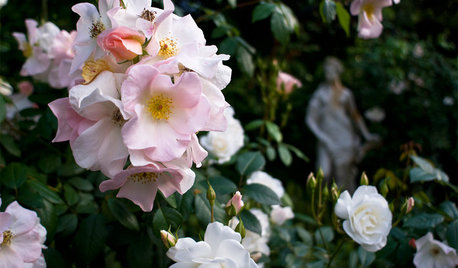
WINTER GARDENINGPruning Secrets for Exquisite Roses
Encourage gorgeous blooms year after year with this time-tested advice on how to prune your rosebush in winter for health and shape
Full Story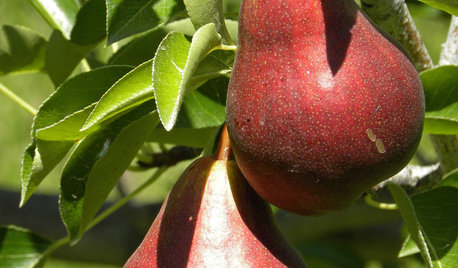
EDIBLE GARDENSHow to Grow Your Own European and Asian Pears
Try these trees for their good looks, delicious fruit and wide range of sizes — plus you can espalier them
Full Story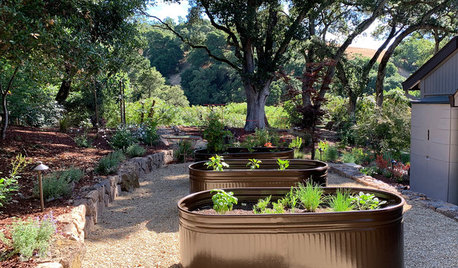
FARM YOUR YARD6 Things to Know Before You Start Growing Your Own Food
It takes time and practice, but growing edibles in the suburbs or city is possible with smart prep and patience
Full Story


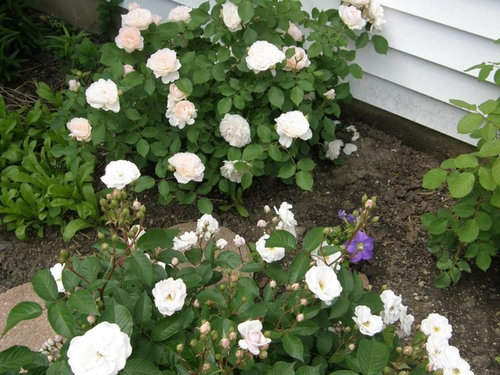

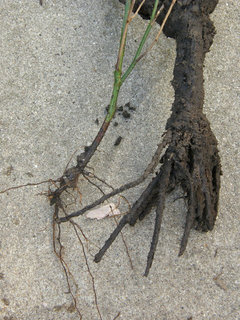
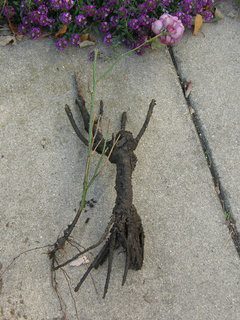
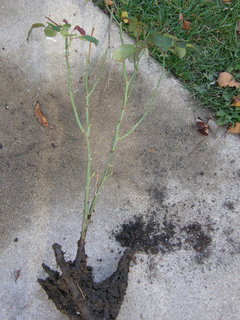

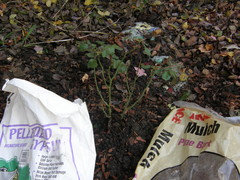


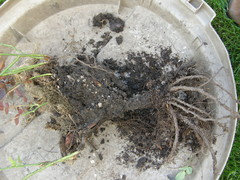
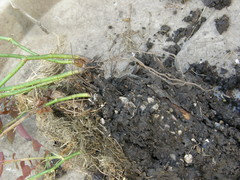

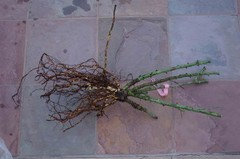


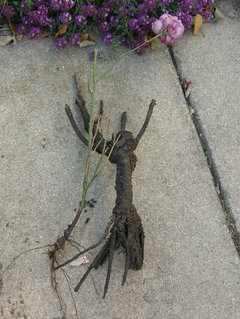


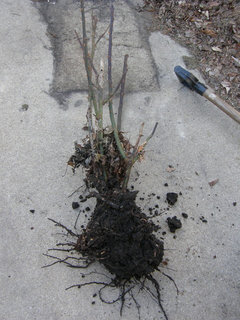




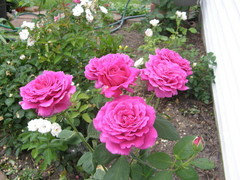
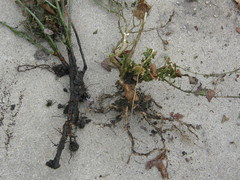

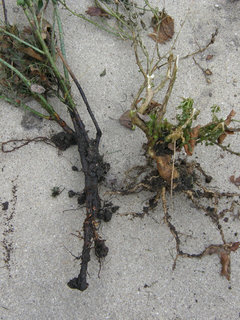

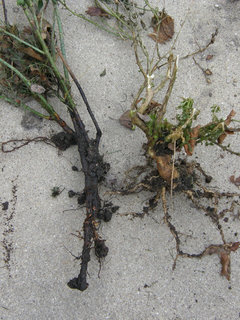

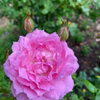

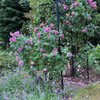
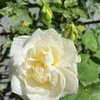

roseseek